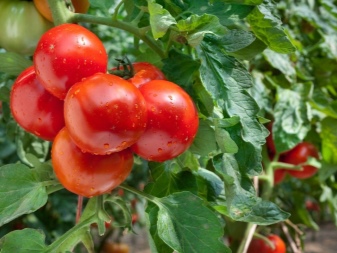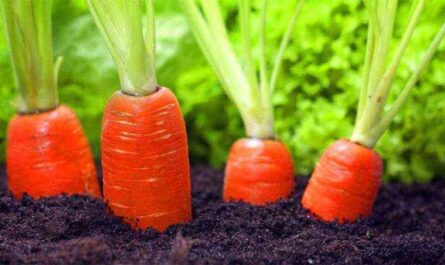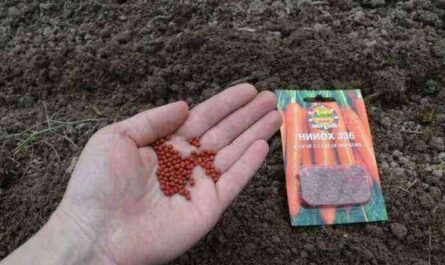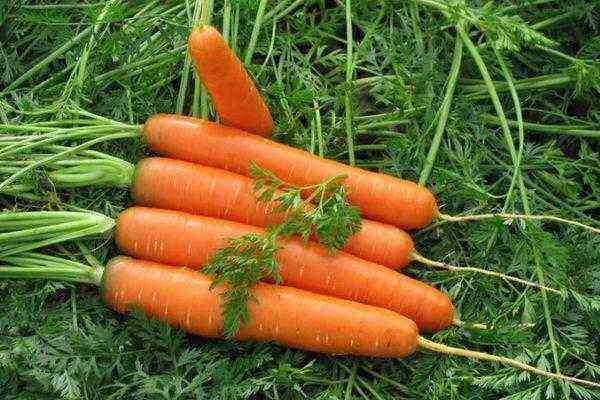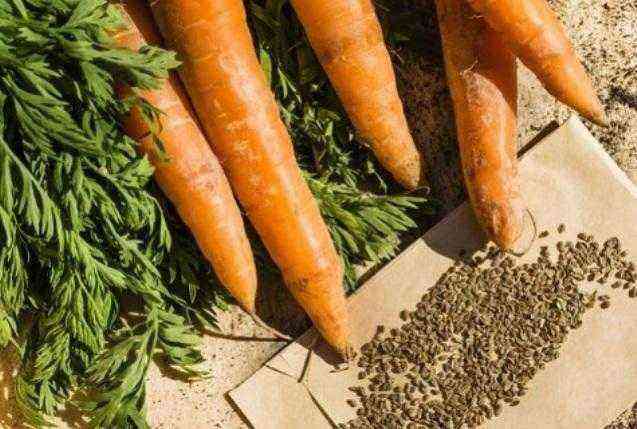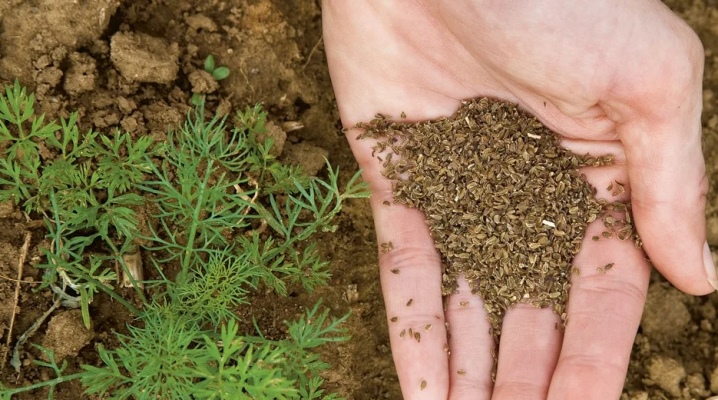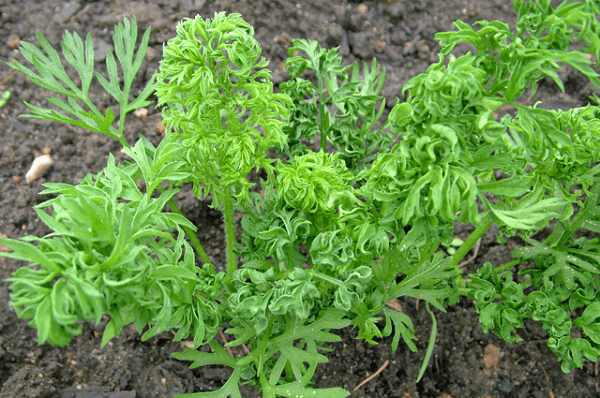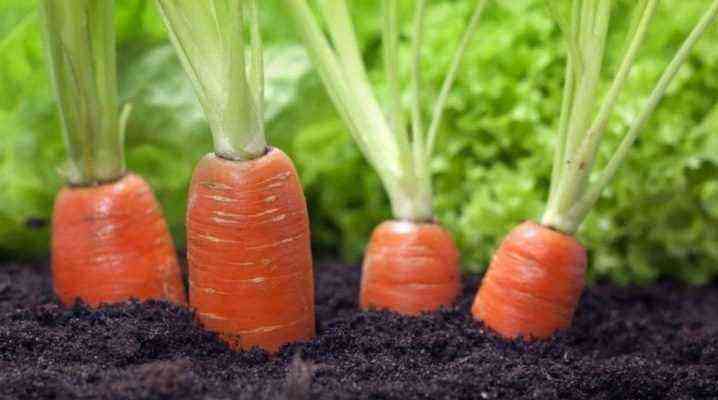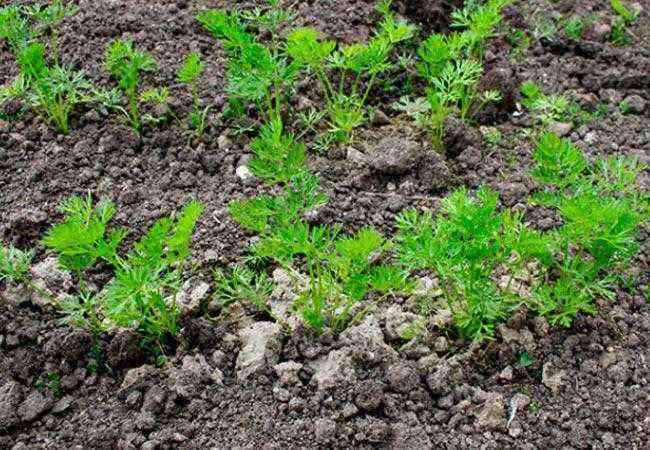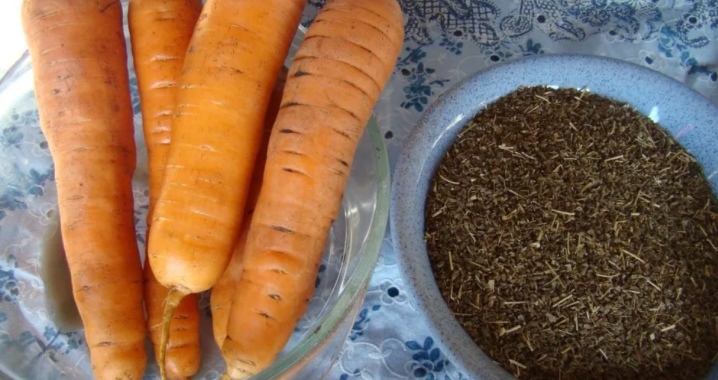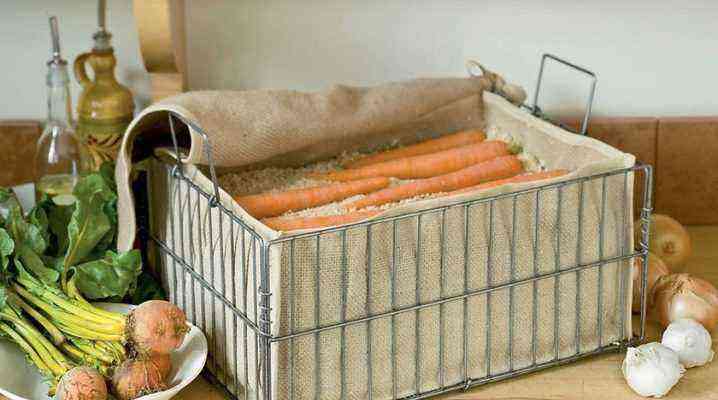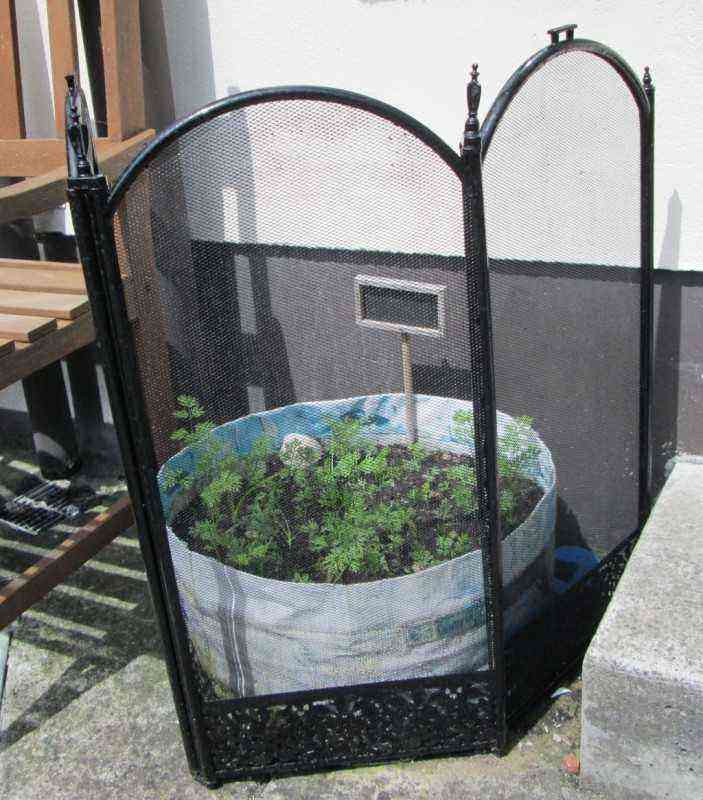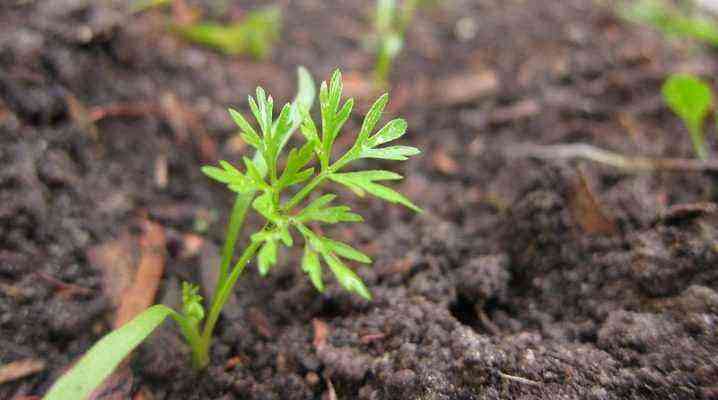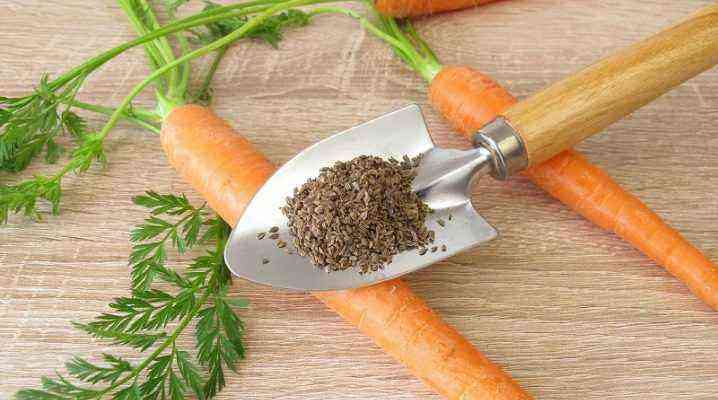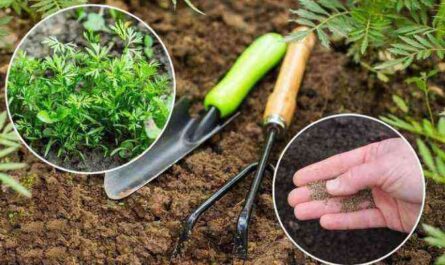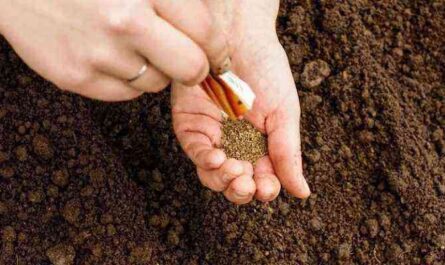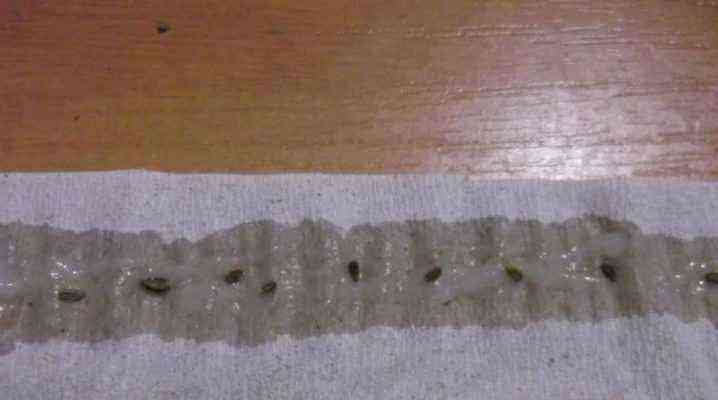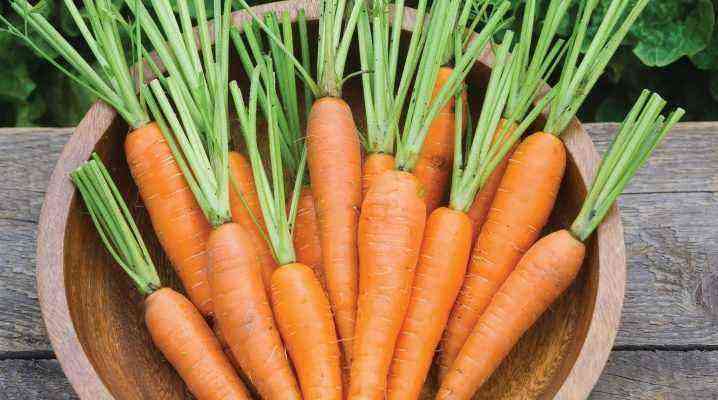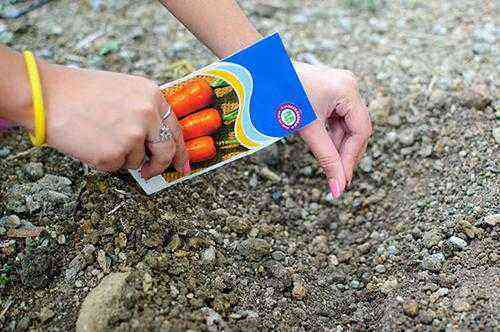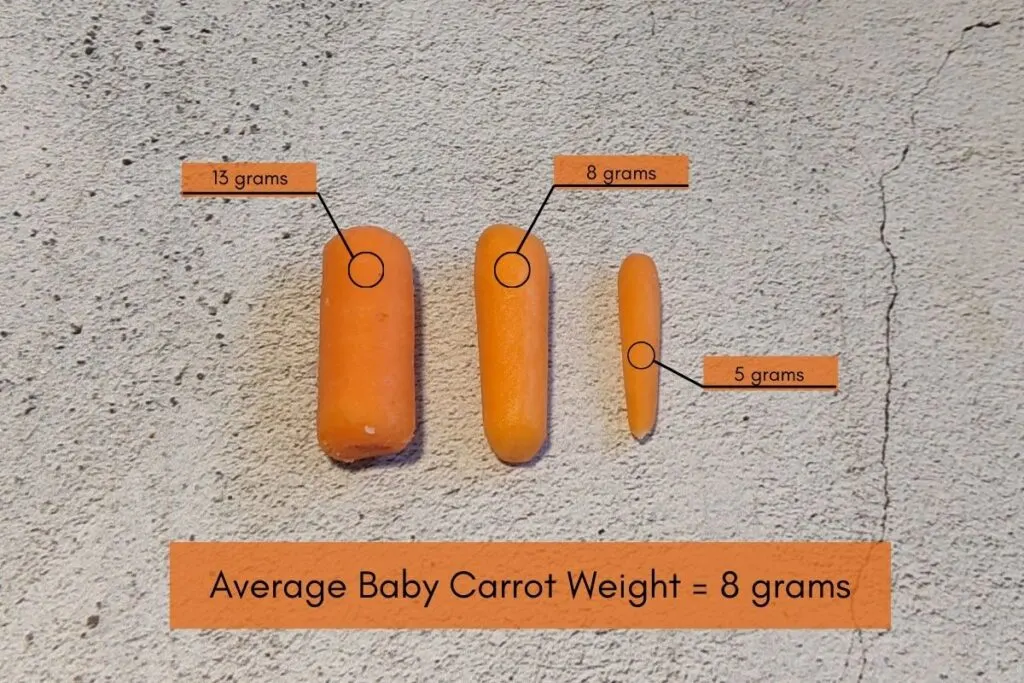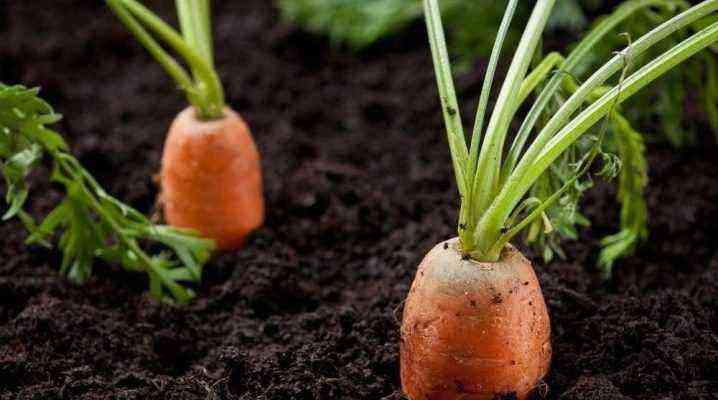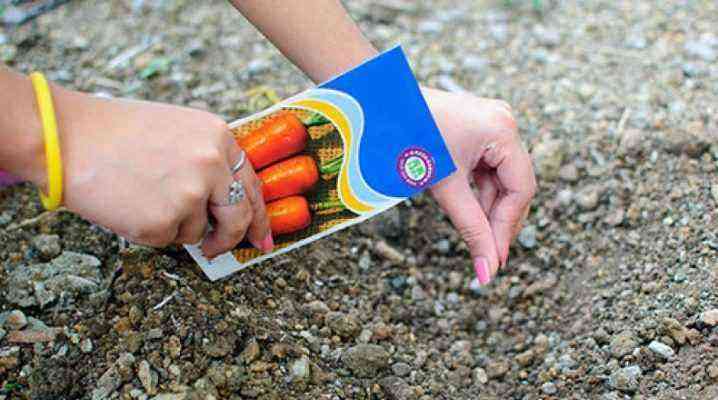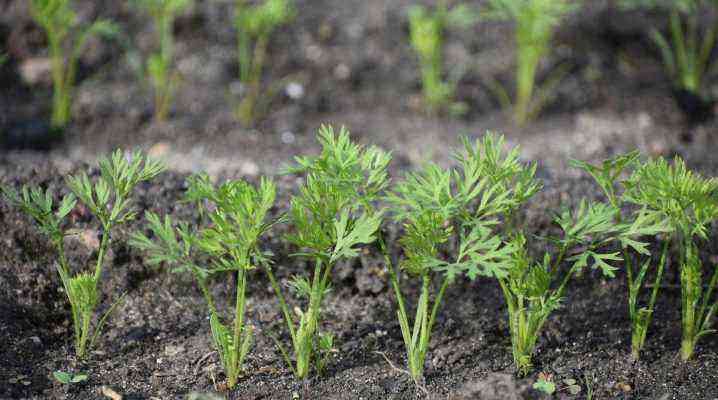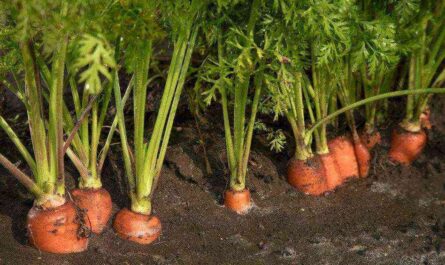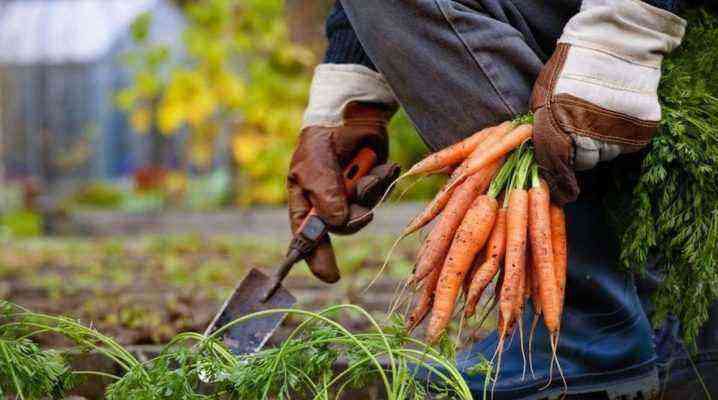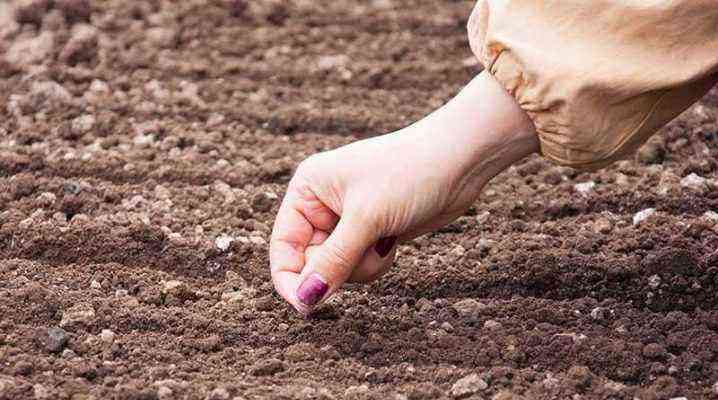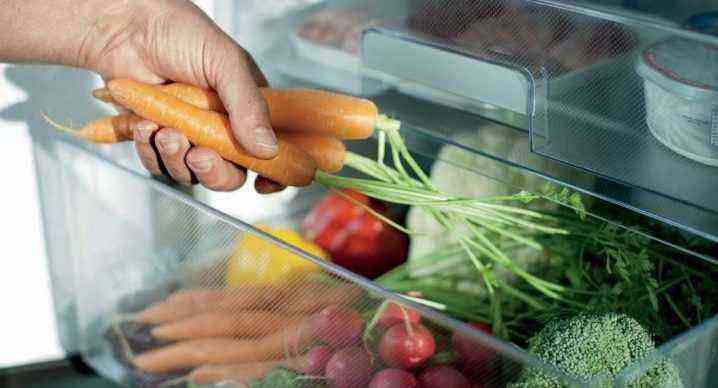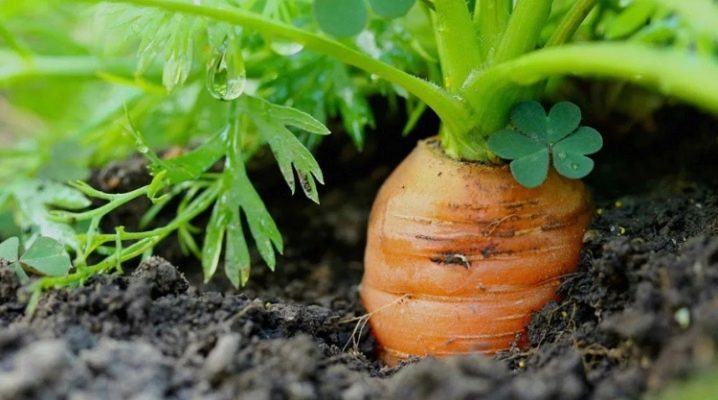
Carrots are one of the most unpretentious crops in terms of growing conditions; they can endure a short drought and a short cold snap. However, to obtain tasty and large fruits, one should adhere to the basic rules of agricultural technology. Today we will talk about the features of planting carrots in May.


Suitable varieties
The weather in May is unpredictable – it can be hot, but return frosts can never be ruled out. Therefore, for planting in the last month of spring, varieties and hybrids that are most resistant to adverse external factors are usually selected. They provide good fruiting and exceptional taste properties of the vegetable. Most often, the following varieties are planted at this time.
- “Nantes” – carrots 13–18 cm long. Easily tolerates transportation, has a high keeping quality. It has exceptional taste and juiciness.
- Berlikum Royal – a late-ripening variety, about 4-5 months pass from sowing to harvesting root crops. Carrots are sweet and juicy. It has a smooth surface, thanks to which the root crop is quickly removed from the soil without adhering clods of earth.
- “Baby” F1 – mid-season hybrid species, characterized by a high concentration of carotene. It has exceptional taste properties. It is used both for eating raw and for preservation.
- “Children’s” – is included in the group of mid-early varieties, the harvest can be obtained within 2 months after planting. Most often used fresh and processed into natural juices.
- “Red Ripe” – This variety is highly resistant to infectious and fungal diseases. Demonstrates high keeping quality. The length of carrots reaches 25 cm. It has a sweet taste, the application is universal.
- Napoli F1 – this hybrid was obtained by Dutch breeders, but it grows and develops well on the territory of our country. From sowing to harvesting takes 2-3 months, fruiting is plentiful.
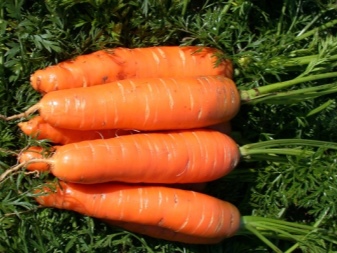

Auspicious days
The timing of planting carrots varies depending on natural and climatic factors.. In different regions, they differ by 14-21 days. Usually in the Central part of Russia, Ukraine and Belarus in mid-May, the weather is set to be as comfortable as possible for planting seeds. At this time, the average daytime temperature is kept at around 15 degrees, nighttime temperature does not fall below 5 degrees. At the same time, the earth is warmed up at least 8-10 cm deep to a temperature of +10 degrees.
In the Kuban and other southern regions, carrots can be sown in the first half of May. In the Urals and Siberia, it will not be too late to carry out sowing work in the second half of the month and, perhaps, even at the end of spring. Carrot seeds are usually cold hardy. Nevertheless, experienced gardeners are advised to make sure that no return frosts are expected in the next two weeks, otherwise some of the seedlings will die. Many gardeners prefer to sow plants based on the lunar calendar. The influence of the earth satellite on the growth and development of plants is divided into two stages: the Waxing and Waning Moon. It is the phases that are the basis for calculating the periods favorable for planting certain crops.
It has been noticed that carrots planted on the Waning Moon grow fastest and grow best. It is she who contributes to the rapid growth and active formation of the underground parts of the plant, while Growing has a better effect on the above-ground parts.
The period of the Full Moon, as well as the New Moon, is unfavorable for any planting work, including for sowing carrots.


Prepare
Carrots belong to slow-growing crops. Sometimes seedlings sit in the ground for up to 3 weeks before the first sprouts appear.. This is due to the fact that the seed peel contains a large amount of essential oils: they prevent the ingress of moisture and thereby delay the germination period. To speed up germination, planting material must be properly prepared before being placed in the ground.
Processing includes several stages.
- Sorting – involves checking for germination. To do this, the seeds are poured into a saline solution for 10-15 minutes. The material that floats up is empty and unviable; it will not be possible to get a crop from it under any circumstances.
- Термообработка – the seeds are soaked in water heated to 50-60 degrees, and after 20 minutes they are placed in a cool liquid for a couple of minutes. This procedure is repeated three times.
- Activation – involves treatment with a growth stimulator. A high result is obtained by soaking seedlings in a solution of “Zircon” or “Epin” for 24 hours. Such a measure will not only accelerate germination, but also increase the immunity of the plant.
- Drying – after any type of processing associated with soaking, the seeds are dried naturally, after which they are immediately planted in the ground.
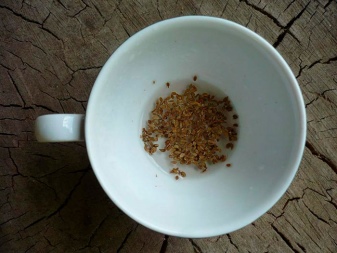
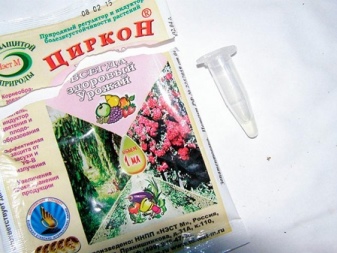
Important! If you received carrot seeds from your garden or bought from private traders, then they must be disinfected before planting.
It is best to soak them in a pale potassium permanganate solution for 5-10 minutes. It is not necessary to keep longer, because in this case the seeds may become unviable. Stores do not need this measure, since the planting material is already undergoing antiseptic treatment.
To speed up germination, seedlings are pre-soaked. To do this, they are laid out on gauze soaked in water, covered from above and kept at a temperature of 21 to 25 degrees, making sure that the fabric does not dry out. Usually 5-6 days is enough for the seedlings to swell, but at the same time they do not germinate. This is important, because if thin sprouts appear, then they will most likely be damaged during transplantation, and then there will be no seedlings.
Experienced gardeners use the “grandmother’s” recipe. They pour carrot seeds into a linen bag and in early spring, when the snow begins to melt, they bury it to a depth of 10–20 cm. The earth is wet at this time, but not yet warmed up. In this form, they are kept for about 2 weeks, and during these days the seedlings acquire high immunity, “get drunk” with melt water and swell. Before planting, a bag of seeds is taken out of the ground, dried and moved to the garden.


Sowing technology
When choosing a place for growing carrots, you must ensure that the following requirements are met.
- Illumination. Carrots require a well-lit area. If there is not enough light, then the tops will be stunted, and the vegetables themselves will be thin and tasteless. It is desirable that the sun shine on the garden during the whole daylight hours.
- Ground. More successfully, carrots grow and develop on slightly acidic or neutral lands – alkaline and acidic lands are absolutely not suitable. The maximum yield can be harvested on loams with a high content of sand, as well as on sandy loamy soils. On dense loams, carrots grow too small, moreover, they begin to rot during storage. The earth must be moisture-intensive, drained and aerated. With oxygen deficiency and high humidity, the risk of fungal infections of the culture increases significantly.
For planting carrots, areas with a large slope are not suitable.
It is best to prepare the beds in the fall. Then, during the winter, moisture and useful additives will be absorbed into the soil and provide the most nutrient medium. Agrotechnics includes several steps.
- Digging the soil, removing solid debris, stones and rhizomes of weeds. Digging is carried out to a depth of 1,5 bayonet spades, this will allow the root crops to actively grow in depth. In addition, deep plowing greatly simplifies the subsequent harvesting of carrots, since it will be easier to pull out of loose soil.
- In autumn, it is necessary to add sand or peat to the ground at the rate of 1 kg / sq. m. Humus or manure should be added to sandy soil. The first one will also be required for infertile soils, in this case, a bucket of fertilizer is applied per square meter. If this was not done in the fall, then you can add organics in the spring (before planting).
- If the soil is too acidic, then lime or chalk is added to it at the rate of 1 glass per square meter.
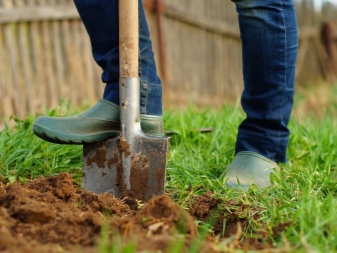
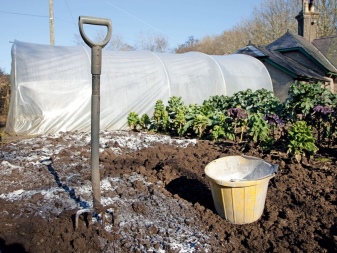
If the land was prepared correctly, then in the spring it will be enough just to loosen it and form a bed. The landing depth is determined taking into account the weather. So:
- if the spring is wet and warm – it is better to lay seedlings shallowly;
- if the spring is late, and the amount of precipitation is not encouraging – it is better to form the landing holes deeper.
Also, the type of substrate affects the depth of the beds:
- for chernozems, 2-3 cm will be enough;
- the depth on loam should not be more than 1–2 cm.
At the same time, you do not need to make beds less than 1 cm deep, just as you should not plant seeds deeper than 3 centimeters, especially if the soil is dry. For areas with a close level of groundwater, it is best to form a high bed, since excessive moisture stagnation can lead to root rot.
The algorithm for the May planting of carrots is as follows:
- to begin with, a planting bed is being prepared, all weeds are removed from the ground, minerals are introduced;
- a successful day according to the lunar calendar is selected;
- grooves are formed in the selected area so that the length of the row spacing is 15–25 cm;
- the bottom of the groove is plentifully irrigated and sprinkled with a little ash;
- after that, the seeds are laid out in increments of 10–15 cm and covered with earth.
In the future, it remains only to ensure regular watering. Before the emergence of seedlings, you need to moisten the bed every day. If the seeds have been prepared and the weather is warm, then the first shoots can be seen in a week. If the temperature is not higher than 12 degrees, then the germination time increases at least twice.
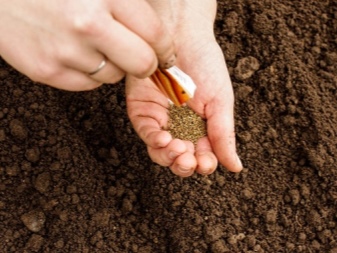
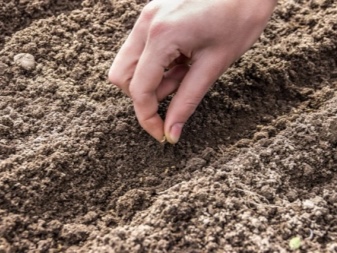
Aftercare
Carrots are one of the most unpretentious crops. However, there are a number of conditions that must be followed, otherwise you are unlikely to get a good harvest.
- Root crops need moisture to grow. Do not allow the earthen coma to dry out. But it is better to avoid stagnant moisture, otherwise the fruits will begin to rot in the ground.
- After irrigation, when the soil is covered with a crust, loosening is carried out. It is required by the plant in order to ensure the flow of oxygen into the lower layers of the substrate.
- After the main part of the crops sprout – thin out. Remove the weakest instances. A good root crop will not grow out of them, but they will interfere with full-fledged seedlings.
- An obligatory stage of agricultural technology is weeding.. The beds of any root crops must be kept clean. Otherwise, weeds will take away the necessary micro and macro elements from vegetables.
- At the stage of active vegetation, top dressing is optional.. However, if the plants develop very poorly, then you can use mineral compounds or treat the earth with wood ash.

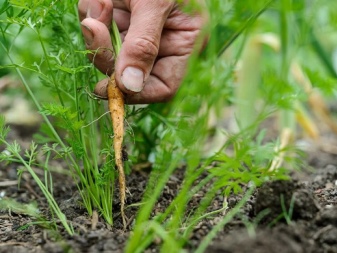
Possible mistakes
The most common mistakes gardeners make when planting carrots in May include the following.
- Use of old seed. The viability of carrot seeds lasts for 3–4 years. After that, it is impossible to achieve entrances, even if you use a growth stimulator and other activation measures.
- No loosening. The earth after watering must be loosened, otherwise the root crops will suffocate.
- Predecessors. Carrots grow best after potatoes, onions, tomatoes, garlic, as well as cucumbers and cereals. But after fennel, parsley, dill, cumin and other umbrella plants, it is undesirable to plant it.
- Neighborhood. The yield of root crops increases dramatically if tomatoes, radishes or peas are grown nearby.
The plot for the May sowing of carrots must be changed every year, returning to its original place no earlier than after 3-4 seasons. If you grow a crop in the same area repeatedly, this will lead to a sharp decrease in yield and deterioration in the marketable characteristics of root crops.
In addition, under such conditions, the culture is often affected by pests (carrot fly and nematode), and also suffers from alternariosis.

